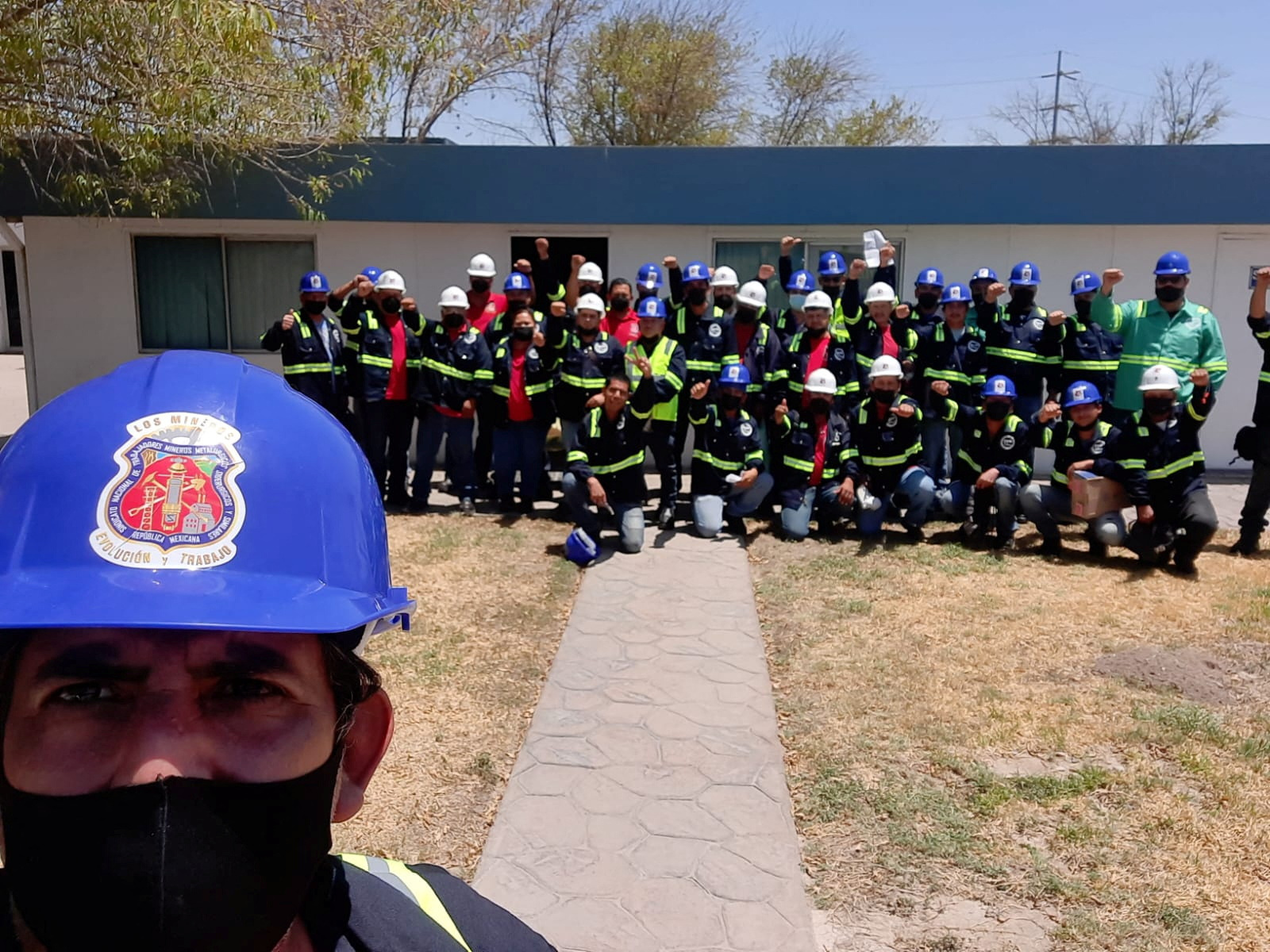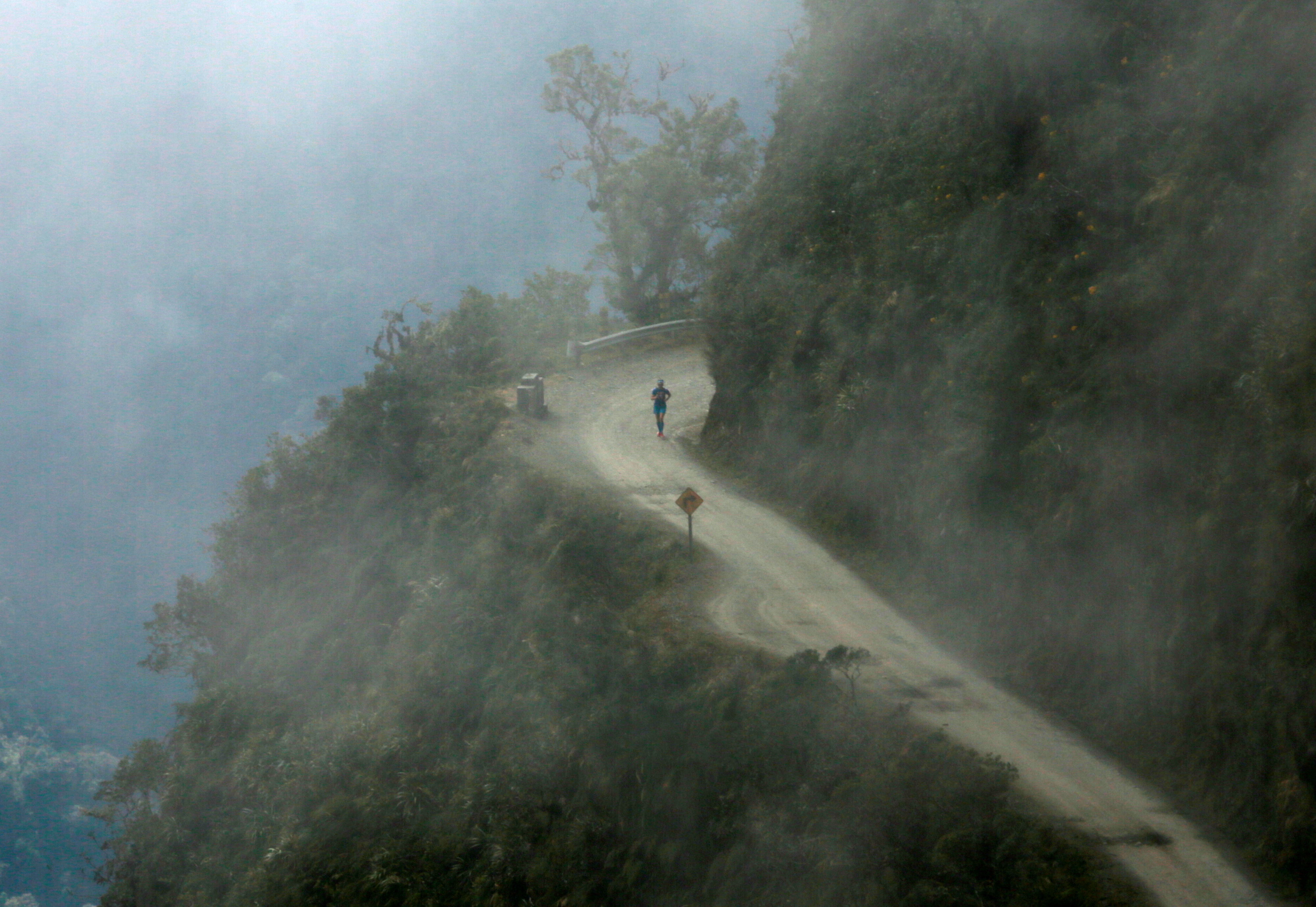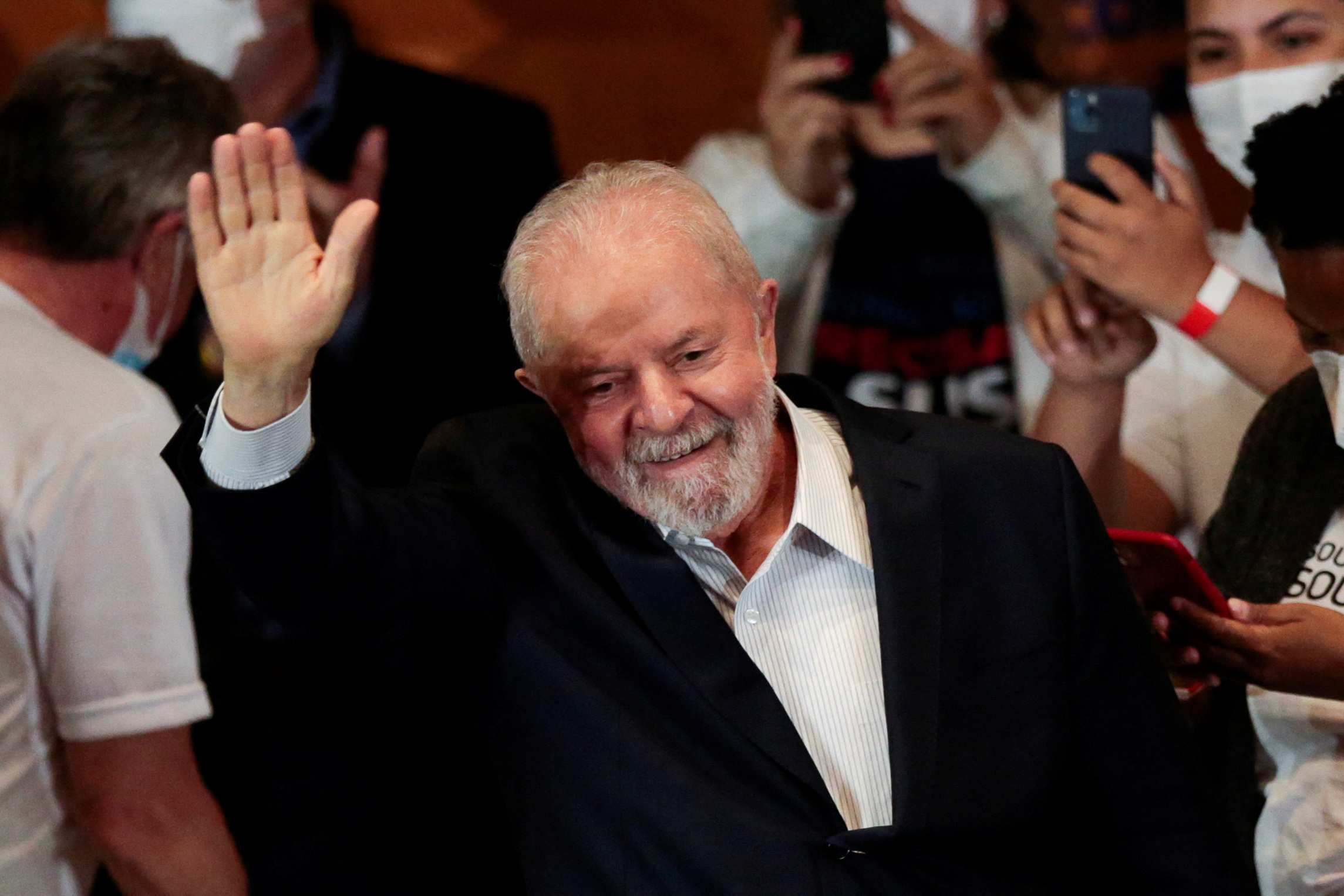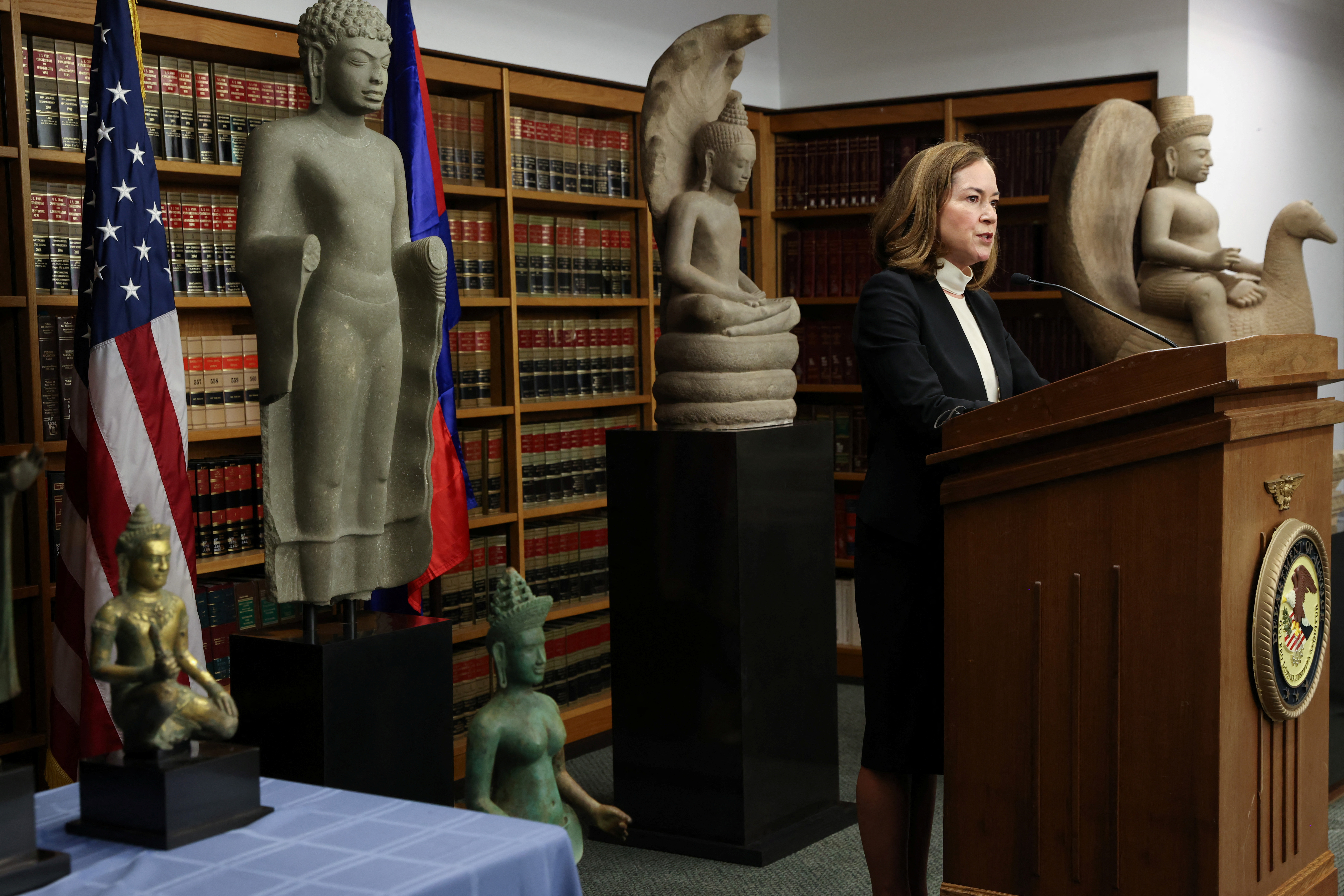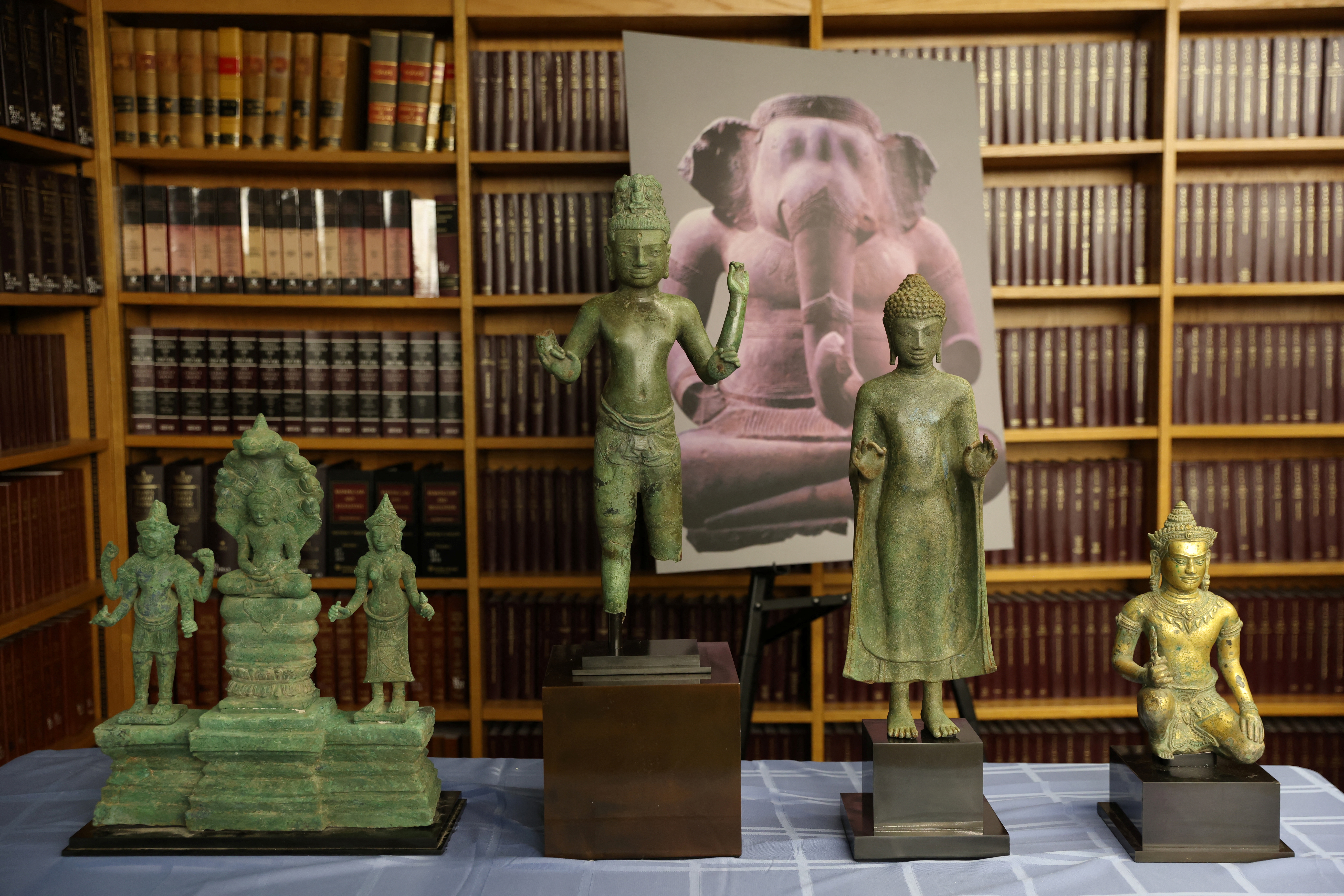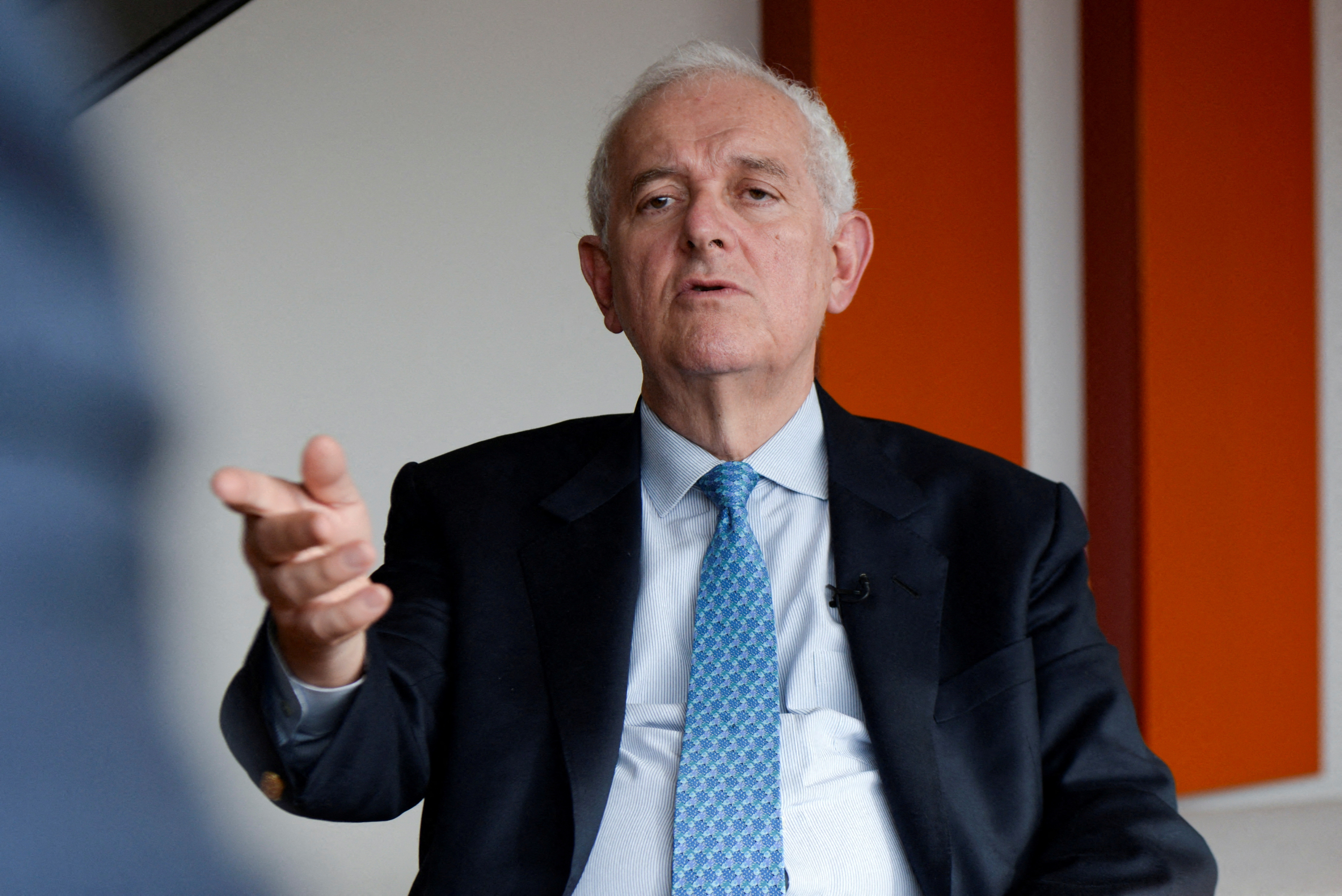Analysis: Climate change, scarcity chip away at degrowth taboo
By Federica Urso and Mark John
August 8, 2022

Smoke billows after a wild fire, in Leiria, Portugal July 13, 2022. REUTERS/Rodrigo Antunes/File Photo
Summary
Fifty years since advent of degrowth theory
Long shunned, receives new attention
Climate change focuses debate on cutting consumption
Aug 8 (Reuters) - Degrowth - the idea that a finite planet cannot sustain ever-increasing consumption - is about the closest you can get to a heresy in economics, where growth is widely held as the best route to prosperity.
But, as climate change accelerates and supply chain disruptions offer rich-world consumers an unaccustomed taste of scarcity, the theory is becoming less taboo and some have started to ponder what a degrowth world might look like.
After the U.N. climate science agency this year called for cuts in consumer demand - a core degrowth premise - the think tank that runs the Davos forum published a degrowth primer in June and the issue has even begun to crop up in investment notes.
"It is a provocative term," Aniket Shah, Global Head of ESG and Sustainability Strategy at Jefferies said of the New York-based bank's June 13 note on the "Degrowth Opportunity".
"But it's not about going to a low-income country saying 'You can't grow anymore'," he said. "It's saying: We need to look at the entire system and see how do we over time decrease total consumption and production in aggregate."
First coined in its French guise "décroissance" in 1972, the theory gained backers after the "Limits To Growth" report in the same year described a computer simulation by MIT scientists of a world destabilised by growing material consumption.
Controversial from the start, that simulation has been attacked as flawed by some and applauded by others as uncannily prescient in its prediction of accelerating planetary stress.
In recent decades, the world's economy has grown faster than the carbon emissions it generates. But this partial decoupling has been nowhere near enough to halt or reverse those emissions, allowing them to drive global warming further.
In April, the Intergovernmental Panel on Climate Change (IPCC) concluded that outright cuts to consumer demand were needed to reduce carbon emissions, a shift from a previous focus on the promise of sustainable fuel technology.

Reuters Graphics
The IPCC's biodiversity counterpart IPBES last month included degrowth among a number of alternative economic models with insights that could help to arrest environmental degradation.
"In the plenary, even the word 'degrowth' wasn't challenged. That's very interesting," IPBES report co-chair Unai Pascual told Reuters of conclusions that won approval from 139 member countries, including China, India, Russia and the United States.
The article on degrowth published in June by Davos-organiser the World Economic Forum hinted at degrowth impacts, suggesting "it might mean people in rich countries changing their diets, living in smaller houses and driving and travelling less".
GUNG-HO ON GROWTH
For Jefferies' Shah, it is such behavioural changes that could inspire a degrowth-aligned investment portfolio.
"Would Zoom for example ever want to be called a degrowth stock? I doubt it. But I can certainly see how a world that uses more web-conferencing ... means less travel, which is a very high-carbon-intensive way of transportation," said Shah.
It is easy to see how other products and services, such as mobility- and fashion-sharing, technologies that allow a transition from fossil fuel to renewable energy, or even just bicycles, could find a place in a hypothetical degrowth fund.
But how far ESG funds and the companies in which they invest are ready to align with degrowth is open to question given how the theory explicitly prioritises societal, environmental and other non-financial values over profit-making.
"Degrowth is really about true sustainability," Jennifer Wilkins, a researcher on emerging business sustainability issues whose work was featured in the Jefferies note, told Reuters.
"It's about delivering what is needed in terms of meeting human needs, within planetary boundaries. And current ESG investors don't really understand planetary boundaries," she said, adding their focus remained "what impacts the business".
That perhaps is not surprising.
Some countries have tried to measure economic outcomes differently - the tiny Himalayan kingdom of Bhutan famously devised a "gross national happiness" index and Japan is looking into developing a "green GDP" measurement.
But still, economic policy and markets overwhelmingly run on the dual track of increasing consumption and production.
Tim Jackson, an economist who has long critiqued that model, said the current debate on growth was "very, very confused", with different strands of thought vying for supremacy.
He pointed to the UK Conservative Party leadership contest - a race that will decide who replaces Boris Johnson as prime minister - as an example of what he called a "gung-ho" focus on economic growth as an unchallenged priority.
On the other hand, he said, more ecologically-minded politicians across Europe and beyond were receptive in private to arguments around limits to growth but "want to find other ways to talk about it that don't scare the horses".
Jackson, author of the 2009 book "Prosperity Without Growth", said the pandemic lockdowns of 2020 and this year's Western sanctions on Russia had both challenged consumption with other priorities, namely health safety or geopolitical goals.
At the same time, some countries - for a variety of reasons ranging from demographic ageing to trade protectionism or lack of reform - could enter something akin to a "post-growth" state where their economies show little if any expansion.
That is a fate Japan has experienced with its "lost decades" and which some analysts see as a risk for Germany unless it quickly revamps its decades-old export-led economic model and shores up its vulnerability to energy shocks.
"Particularly in the advanced economies we are moving into a situation where to all intents and purposes, we're pretty much not looking at continued growth already," said Jackson.
"If we haven't got an economics that will deal with that .. then we've got very little chance of managing it successfully."
Additional reporting by Gloria Dickie and Vincent Flasseur in London; Kantaro Komiya and Daniel Leussink in Tokyo; editing by Barbara Lewis














